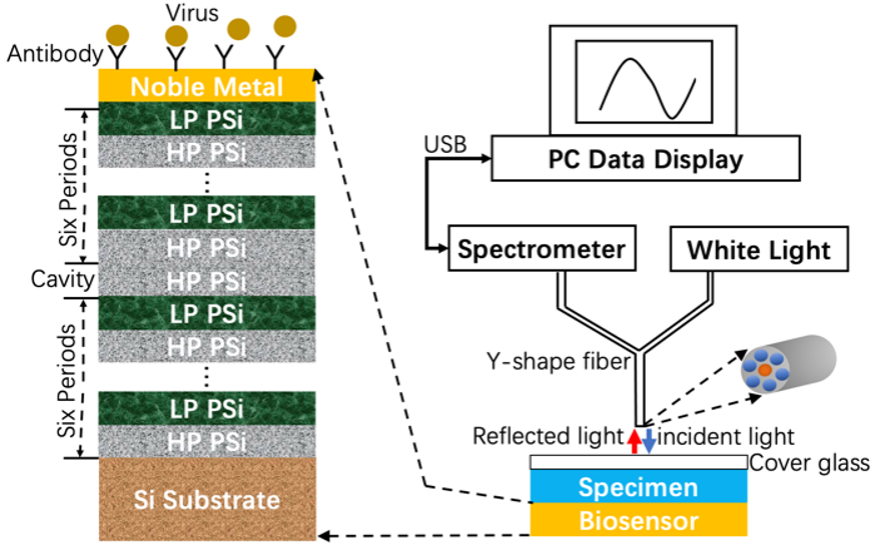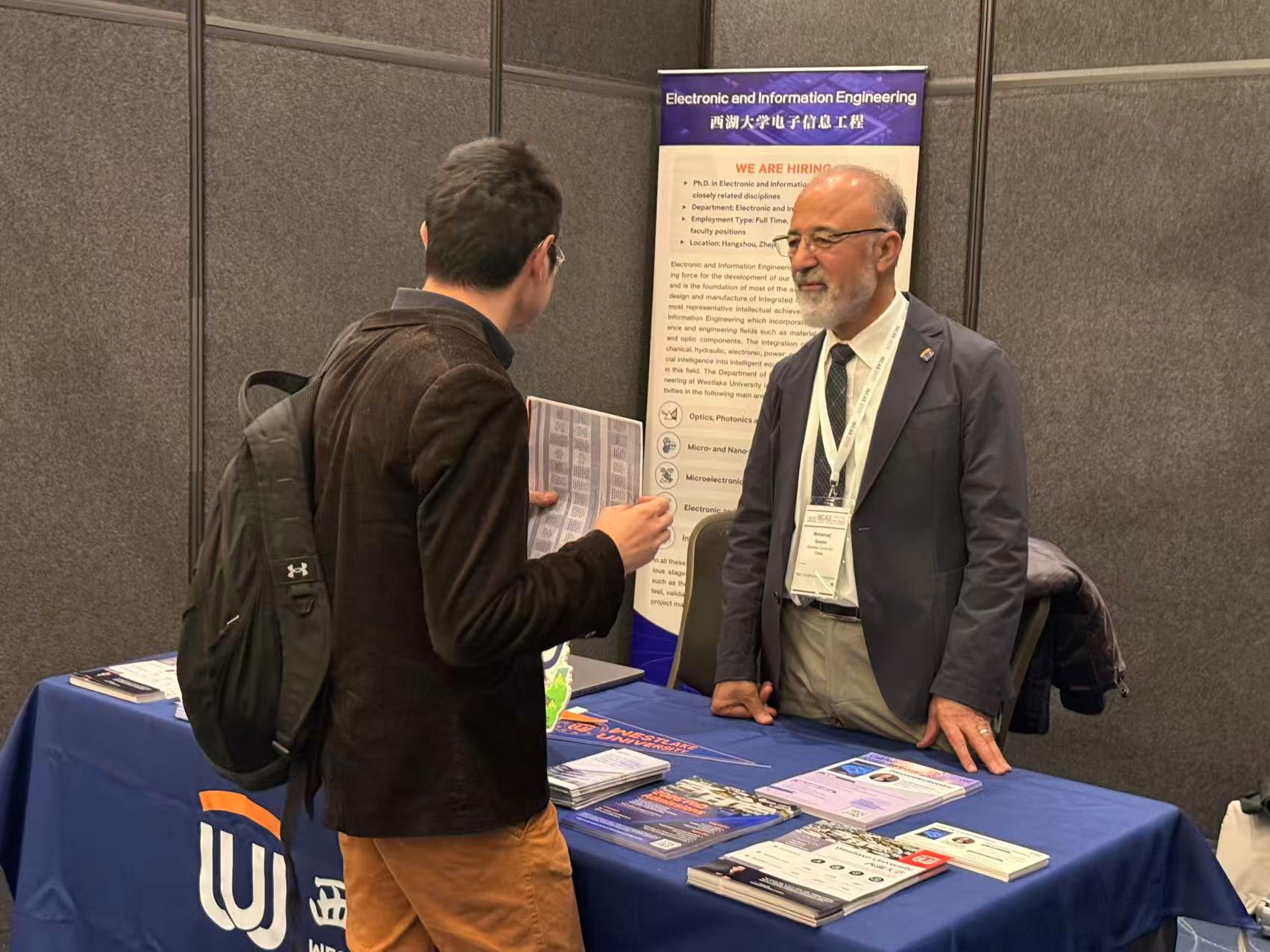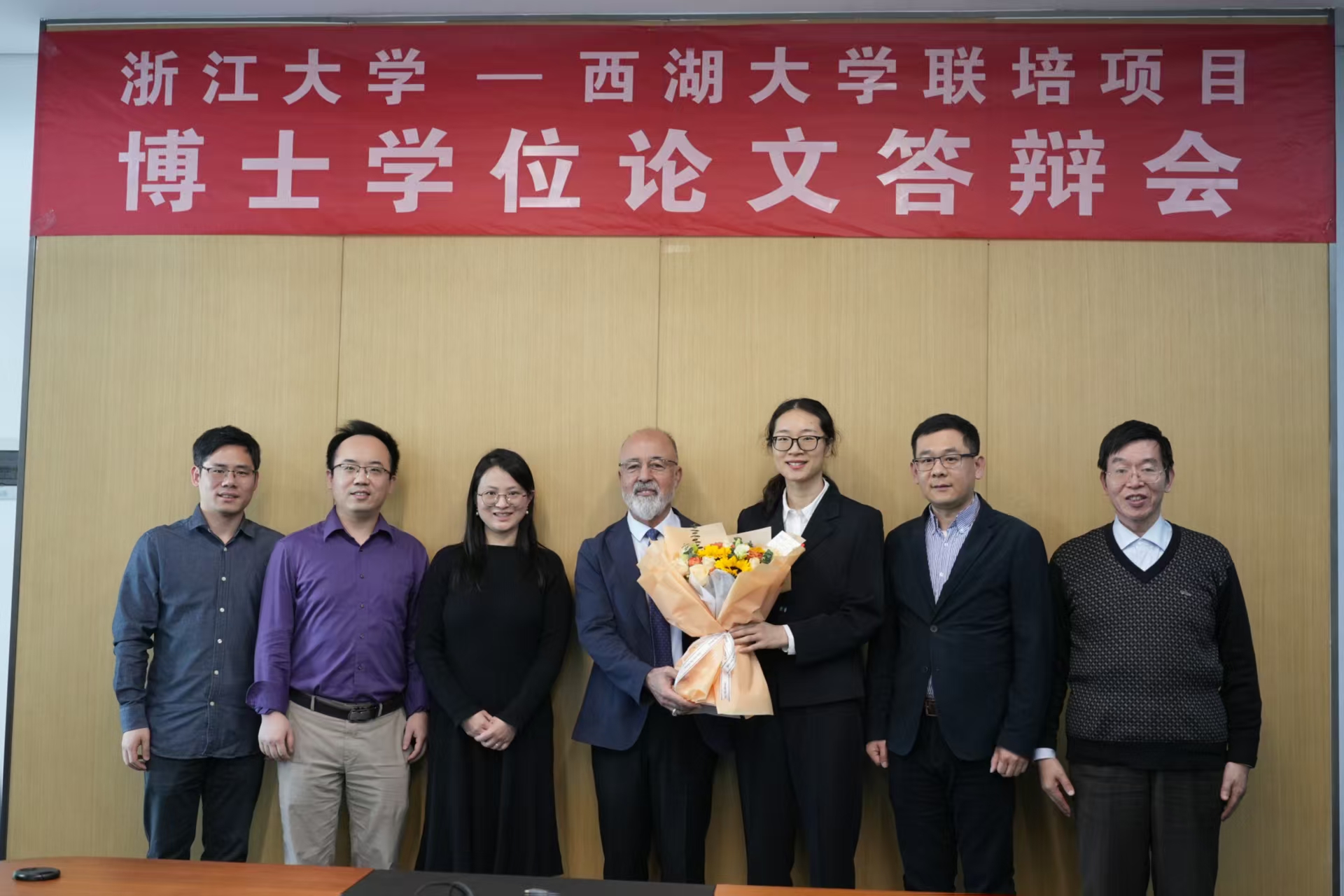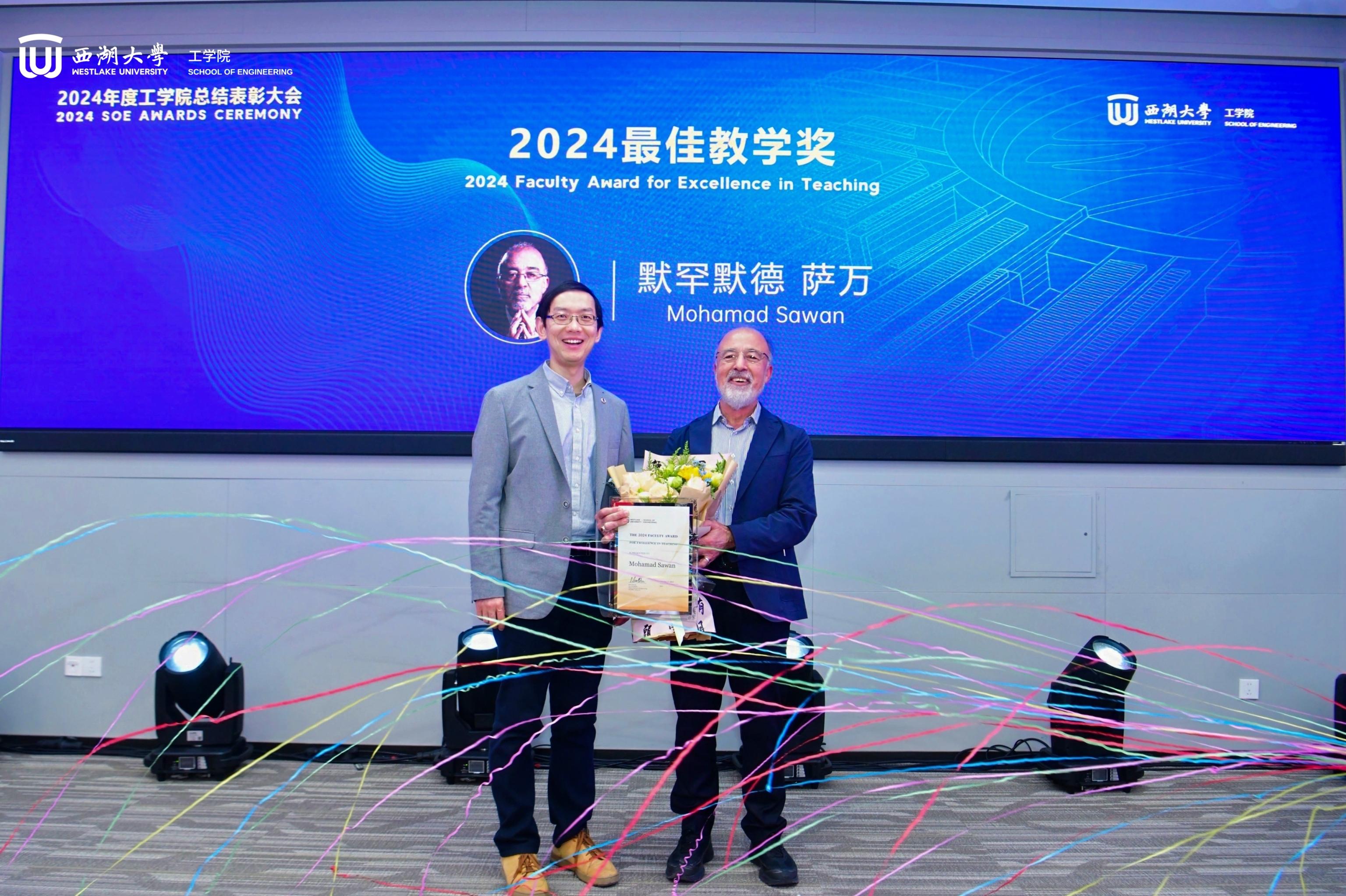The MDPI Biosensors journal has published a paper by Mohamad Sawan’s team titled “Machine Learning Techniques for Effective Pathogen Detection Based on Resonant Biosensors”.In this contribution,we implemented the t-SNE approach on a SARS-CoV-2 detection dataset to clarify the distinguishability of the biosensor dataset so that a better understanding of the data processing and ML prediction performances could be obtained.
Congratulations to Guoguang Rong and to this paper’s co-author (Mohamad Sawan and Yankun Xu) for this outstanding achievement.
Reference
Rong G, Xu Y, Sawan M. Machine Learning Techniques for Effective Pathogen Detection Based on Resonant Biosensors[J].Biosensors, 2023, 13(9): 860.
More information can be found at the following link:
https://www.mdpi.com/2079-6374/13/9/860
Abstract
We describe a machine learning (ML) approach to processing the signals collected from a COVID-19 optical-based detector. Multilayer perceptron (MLP) and support vector machine (SVM) were used to process both the raw data and the feature engineering data, and high performance for the qualitative detection of the SARS-CoV-2 virus with concentration down to 1 TCID50/mL was achieved. Valid detection experiments contained 486 negative and 108 positive samples, and control experiments, in which biosensors without antibody functionalization were used to detect SARS-CoV-2, contained 36 negative samples and 732 positive samples. The data distribution patterns of the valid and control detection dataset, based on T-distributed stochastic neighbor embedding (t-SNE), were used to study the distinguishability between positive and negative samples and explain the ML prediction performance. This work demonstrates that ML can be a generalized effective approach to process the signals and the datasets of biosensors dependent on resonant modes as biosensing mechanism.

Fig. 1: Photonic biosensor: structure and its reflection spectroscopy measurement.

Fig. 2: Simplified diagram for illustration of MLP architecture; SVM explanation (From left to right) .







